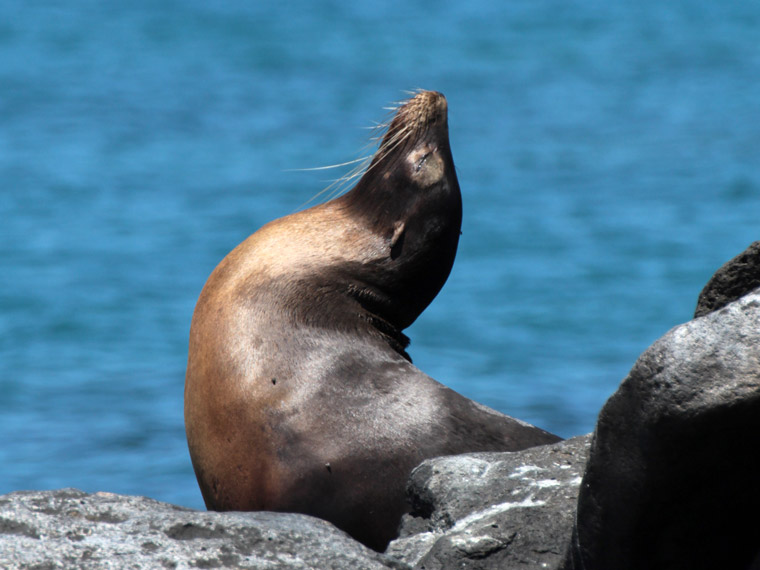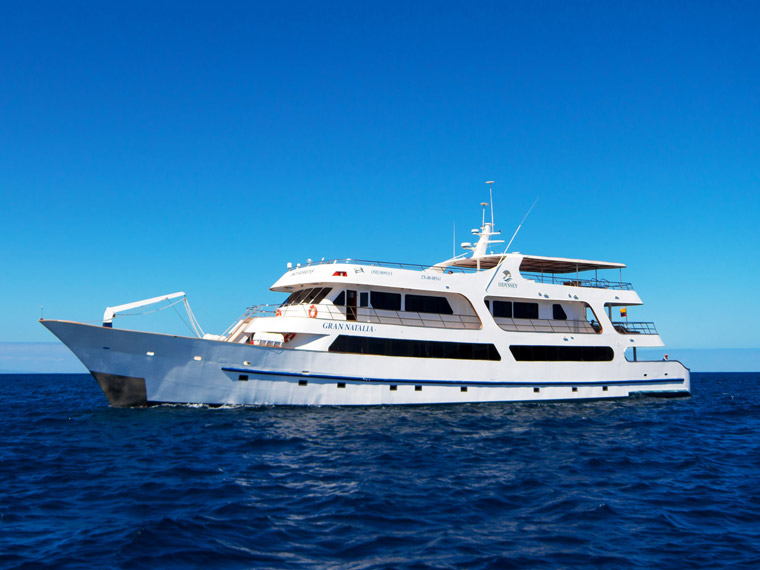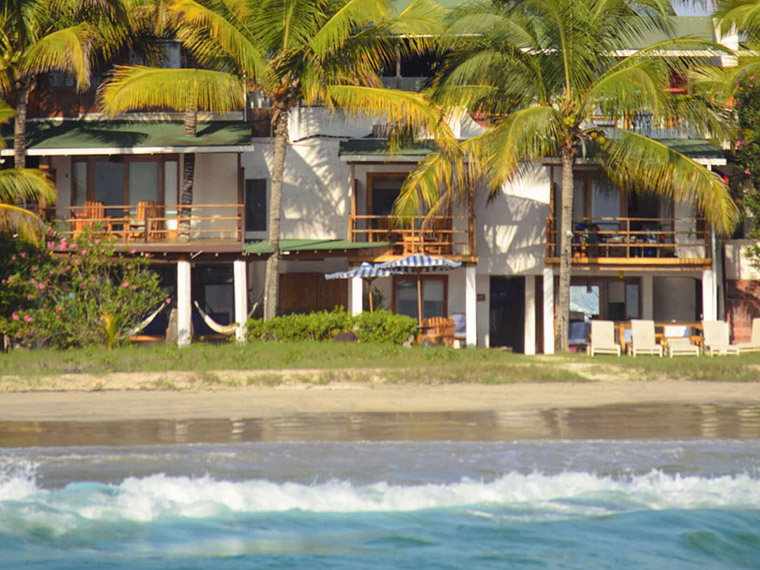THE GALAPAGOS ISLANDS
INTRO
The Galapagos Islands, one of 24 provinces in Ecuador, are located in the middle of the Pacific Ocean, about 1000 km off Continental Ecuador. The archipelago comes from volcanic origins and comprises 18 main islands, 3 smaller ones and about 107 rocks and islets, each with its own characteristics, flora and fauna.
Local residents live in four islands, leaving the rest of the archipelago still wild and preserved
GENERAL INFORMATION
UNESCO awarded the archipelago of Galapagos the status of a World Heritage Site as well as a Biosphere Reserve. The local government also considers it, along with its surrounding waters, both a National Park and a Marine Reserve. In addition, the southern part of Isabela is regarded as Wetland of International Importance (Ramsar Sites).
The islands are accessed by plane from mainland, either from Guayaquil or Quito, and there are two airports where visitors can arrive: Baltra or San Cristobal. Once there, it is possible to take a smaller plane to get to Isabela..
Climate
The Galapagos Islands are visited all year round, with each season offering different activities and attractions.
Warm season
From November to May, some heavy rains of short duration. The sea is warmer and the inland temperature can vary from 20 to 30 degrees.
Garua season (mist season)
From end of May to December. Cool season, subtropical climate, temperature goes around 18 to 25 degrees. The water is colder because of the Humbolt Current which, in turn, creates a more agitated sea. Nevertheless, the marine fauna is very rich at this time of the year.
Charles Darwin is certainly the most famous visitor to the Galapagos Islands. His studies regarding the Theory of Evolution of the Species by Means of Natural Selection changed the worldview regarding such aspect of science. Thanks to the diversity of animal species, the archipelago is, in itself, a living laboratory.
Wildlife in a few numbers
About 90% of all reptiles are endemic to the archipelago: geckos, snakes, terrestrial and marine iguanas, lizards, sea turtles and giant tortoises ...
The bird fauna is unique and diverse:
25% of the seabirds are endemic to the archipelago and examples include: the Galapagos penguin, the flamingo, the blue-footed and red-footed booby, the Nazca booby, the petrel, the brown pelican, both frigate birds, the only wingless cormorant, different kinds of gulls, the waved albatross ... and terrestrial birds: the Galapagos buzzard, the four species of mockingbirds, the red tyrant and, let us not forget, the many species of Darwin’s finches ...
There are very few native mammals in GalapagosThis is due to the fact that the islands had never been in direct contact with mainland before human arrival. Bats, rats, dogs, cats and goats were all introduced with human migration. However, an important exception to this matter should be made with marine mammals: the sea lions, the fur seals, the dolphins and the whales ...
The simple fact that the archipelago lies under the influence of three marine currents provides the the underwater scheme with amazing living wealth and variety.
There are an estimated 400 species of fish, five species of stingrays, 18 moray eels, six species of dolphins, 15 whales and about 20 species of sharks ...
HOW TO VISIT THE ISLANDS
It is possible to visit Galapagos in two ways: on a cruise with a specific itinerary; or by visiting one or more islands while spending the night at an inland hotel. During excursions, you will take a hike and will be given the opportunity and time to discover the underwater world by snorkeling.
The Cruise
Galapagos has a multitude of tourist-approved yachts where each has its own cruise itinerary validated by the Galapagos National Park. Cruise itineraries are available in 15-day, 8-days, 5-day or 4-day formats with price options ranging in accordance with the yacht facilities. If on a cruise, you will visit attractions during the day and sleep on board at night. This allows yachts to head to another island and cover distances more effectively to provide you with the possibility to visit remote and isolated islands.
The vast majority of vessels are either yachts or catamarans with a capacity for 16 guests on board. There are also some liners that can accommodate up to 100 people on board. Facilities are divided among different categories: Tourist, Superior, First Class and Luxury. The naturalist guide on board usually speaks Spanish and English.
Island Hopping
L’autre façon de visiter les Galapagos est d’aller d’ile en ile grâce à de petites navettes qui les relient quotidiennement et de dAnother way to visit Galapagos is by moving from island to island on small speedboats during the day while returning to your hotel of choice at night. By doing so, it is possible to visit the four inhabited islands of Santa Cruz, San Cristobal, Isabela and Floreana, where you can discover sites open for tourists at your own pace and according to your interests. This is an all-inclusive package; a guide can accompany you to specific sites or you can visit them on your own. Daily tours to nearby islands can also be arranged so you can explore them on foot or by sea, and you can do this alone or in small groups ...
This is often a preferred way to commute for people who suffer from seasickness ...
Scuba Diving
Some yachts organize specialized scuba diving cruises of at least 8 days to discover the best and most important sites, such as the islands of Darwin and Wolf. It is also possible to take courses or ractice scuba diving during some daily trips and in locations near Santa Cruz or San Cristobal.
CONTACT US















